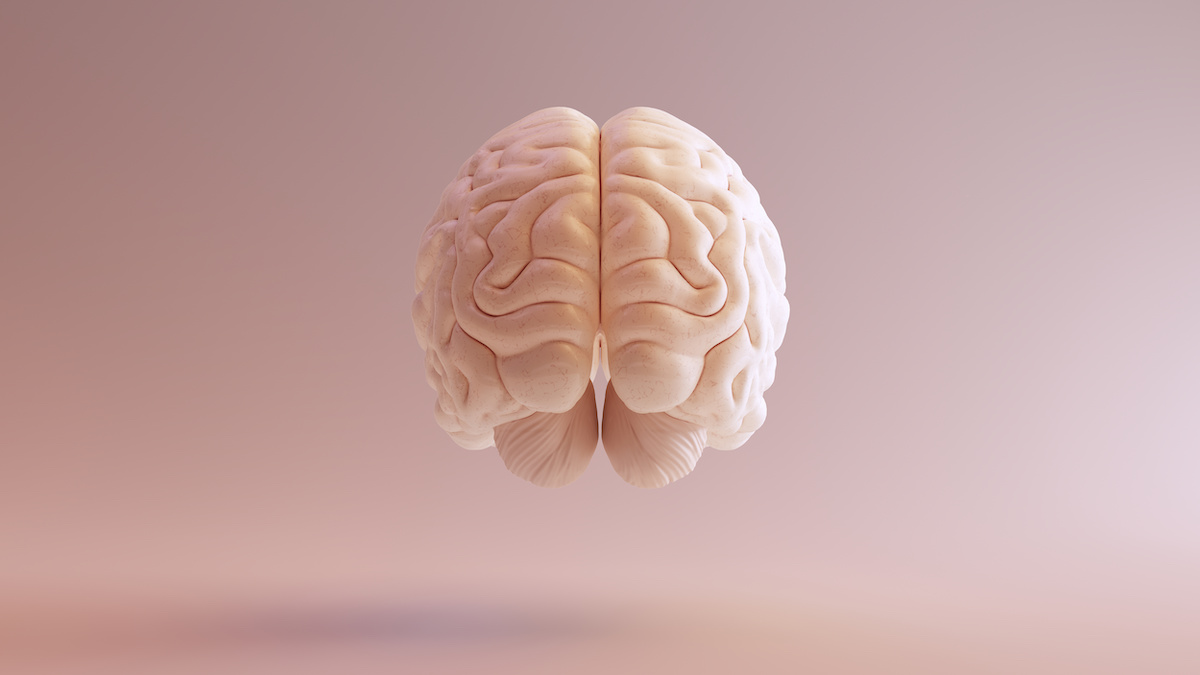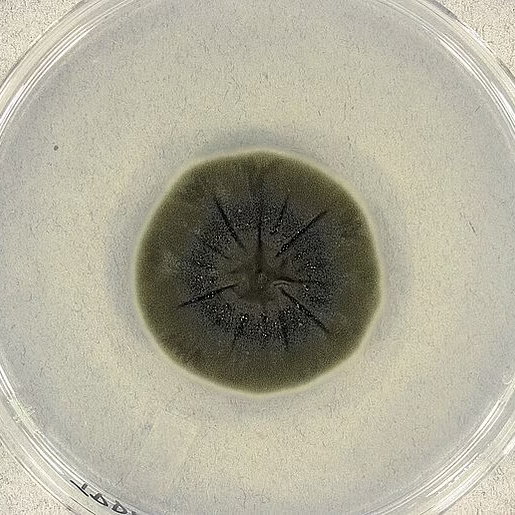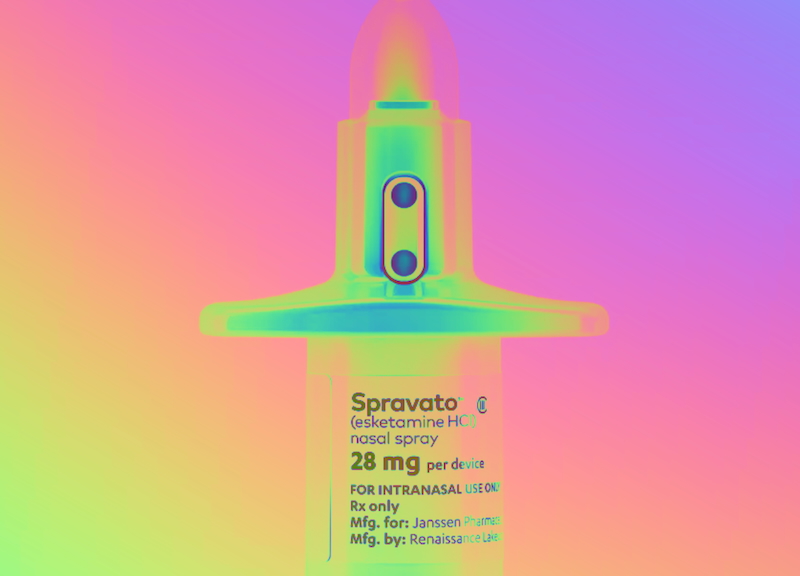If you’ve seen headlines claiming doctors will start injecting DMT into stroke patients, the truth is more nuanced—but also genuinely promising. In 2025, a Phase 1 study reported the safety and pharmacodynamics of an intravenous DMT bolus followed by a 6-hour infusion, and a planned Phase 2a stroke trial is slated to evaluate sub-psychedelic dosing immediately after imaging confirms an ischemic stroke. Meanwhile, new preclinical work shows DMT reducing infarct size and inflammation, likely via the sigma-1 receptor, a cellular stress-response hub implicated in neuroprotection. PubMed+3PMC+3Algernon Pharmaceuticals Inc.+3
Psychedelics are too trippy or risky for acute medicine, especially stroke care under hospital protocols.
Sub-psychedelic, controlled IV DMT may act as a fast-on, pleiotropic neuroprotective—not for “trip therapy,” but to stabilize brain tissue and potentially improve recovery when delivered under strict monitoring. PMC+1
Below, we unpack how DMT might protect the brain, what the latest human and animal studies show, how upcoming trials are designed, and what open questions clinicians still have. Data cited include 2025 clinical pharmacology and Science Advances 2025 preclinical results. PMC+1
The mechanistic case: Why DMT could help after ischemic stroke

DMT (N,N-dimethyltryptamine) is an endogenous tryptamine that can activate the sigma-1 receptor (S1R)—a chaperone protein at the ER–mitochondria interface that buffers cellular stress, supports anti-oxidative signaling, and modulates inflammation. S1R activation is one of the most cited pathways for DMT’s neuroprotective potential. Frontiers+1
In preclinical models, exogenous DMT has been shown to reduce infarct size, attenuate spreading depolarizations, and dampen neuroinflammation—all critical processes that worsen stroke injury. ScienceDirect+1
If DMT can stabilize stressed neurons and glia, it could complement standard stroke care (e.g., thrombolysis or thrombectomy) by protecting penumbral tissue while reperfusion is addressed—not replacing current interventions, but potentially making outcomes better. (Clinical trials will need to prove this.) PMC
The strongest evidence so far: 2025 safety/PK and new preclinical results
A randomized, double-blind, placebo-controlled Phase 1 study tested a 30-second IV bolus + 6-hour DMT infusion across ascending doses. Results: acceptable safety, predictable pharmacokinetics, and EEG/PD signals consistent with target engagement. PMC+1
These human data justify moving into Phase 2 populations. In parallel, Science Advances (2025) reported that DMT mitigated experimental stroke, with S1R antagonism blunting the effect—strengthening the mechanistic link. Science+1
Together, human safety/PK + mechanistic preclinical efficacy is the classic translational bridge that stroke programs look for before testing patient outcomes.
Trial design: When, how, and in whom will DMT be given?
Algernon Neuro (AGN Neuro) outlines a Phase 2a RCT in ~40 ischemic stroke patients in Hungary, targeting Q3 2025 start. DMT would be administered immediately after imaging confirms ischemia, at sub-psychedelic doses, with safety as the primary endpoint and functional/cognitive measures among the secondaries (e.g., aphasia, motor function, infarct volume). Algernon Pharmaceuticals Inc.
Acute stroke workflows require speed, monitoring, and compatibility with reperfusion therapy. The IV bolus+infusion protocol was designed to rapidly reach steady exposure while remaining tolerable and controllable in an ICU/step-down setting. PMC
If the timing window and dose prove feasible, future studies could test functional outcomes (e.g., modified Rankin Scale) and MRI endpoints to see if DMT changes recovery trajectories.
Caveats, risks, and what we don’t know yet
Most efficacy evidence is preclinical. Human data so far demonstrate safety and pharmacology, not improved stroke outcomes. Psychedelic-adjacent drugs carry public misconceptions, and clinicians will want rigorous drug–drug interaction, hemodynamic, and workflow data. PMC
Watch for exclusion criteria, time-to-dose logistics, and co-administration with thrombolytics or antiplatelets in trial protocols. Outcome-relevant biomarkers (infarct volume, edema, BBB integrity) and functional scales will matter most. Algernon Pharmaceuticals Inc.
Expect a stepwise path: confirm safety/feasibility in acute settings → test signals on imaging/clinical scales → expand to larger, powered trials.




